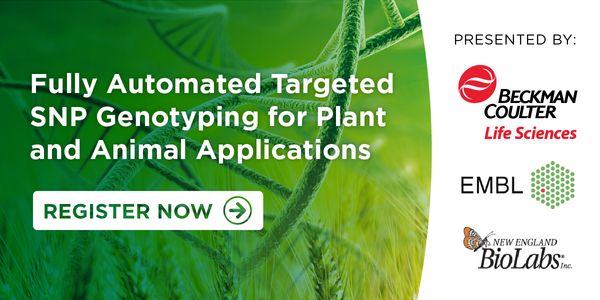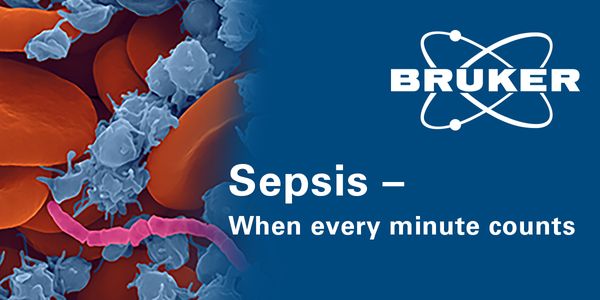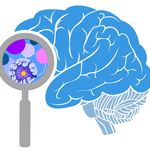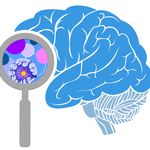Science
Science is the pursuit and utilization of information and comprehension of the normal and social world after a methodical procedure dependent on proof. All in all, a science includes a quest for information covering general facts or the activities of essential laws.
-
The Philippine government, thru the Philippine Carabao Center (PCC), has undertaken a genetic improvement program of dairy buffaloes. Selection of semen donor bulls is based on the performan...
High production ability has been used for primary selection in dairy breeding schemes. In particular, milk yield, fat yield, and protein yield are the most important economic traits for dair...
Current Status of Preimplantation Genetic Testing for Reciprocal Translocation Carriers in Koreans Background: Preimplantation genetic testing for aneuploidy (PGT-A) and structural rearrange...
This presentation will provide a discussion of the thromboembolism risk of COVID-19 and how this plays into laboratory medicine. This will include case based discussions on how different lab...
2020 started as a year of inspired regulatory improvements to increase the safety and quality of food in the US. Due to recent pandemic effects, the expected regulatory trends have evolved....
JUN 25, 2020 | 7:00 AM
DATE: June 25, 2020 TIME: 7:00am PT Genotyping assays are essential in a variety of plant and animal applications including Marker Assisted Selection (MAS) and Quantitative Trait Locus (QTL)...
Safety and potency testing in the cannabis and hemp industries necessitates analytical systems that include chromatography, mass spectrometry, and real time quantitative polymerase chain rea...
Speaker:
Anthony Macherone, PhD
, Timothy Bolduc
Presented at: Agilent's Virtual Mass Spectacular!
...
Speaker:
Sushmita (Mimi) Roy, PhD
, Rahul Raman, PhD
Presented at: Agilent's Virtual Mass Spectacular!
Describe the different types of serological tests for detecting antibodies to the novel coronavirus. Explain the utility and limitations of serology testing in the management of the COVID-19...
























